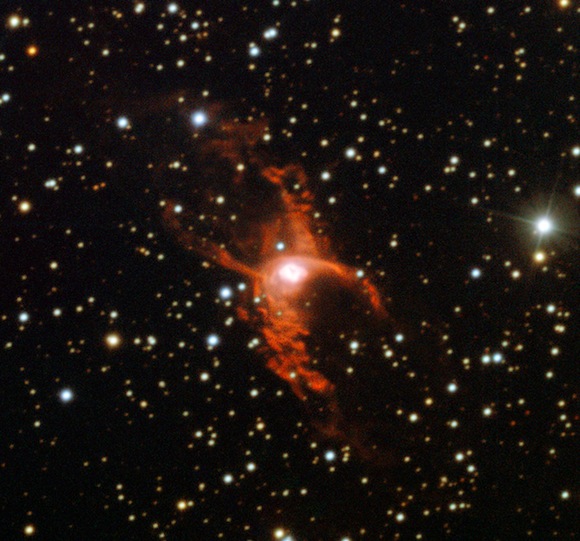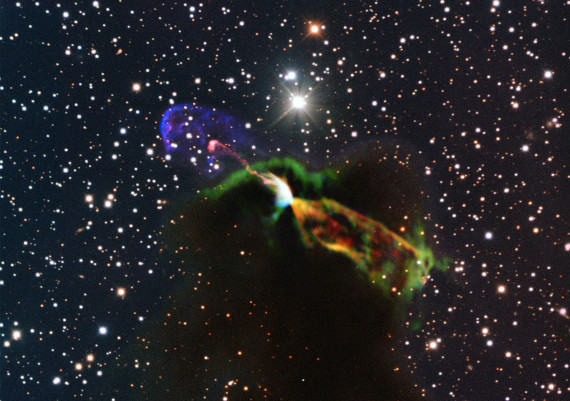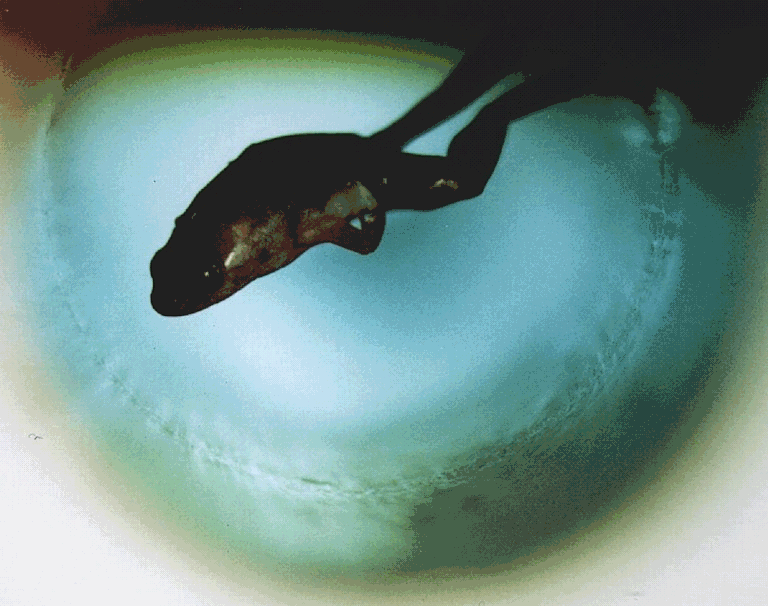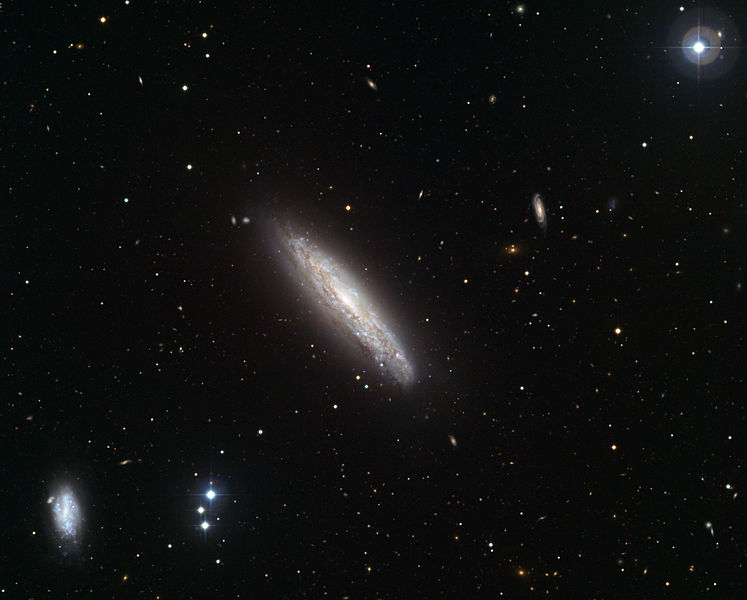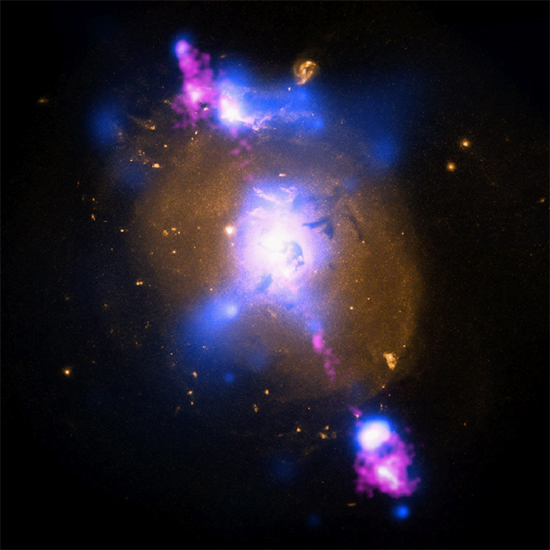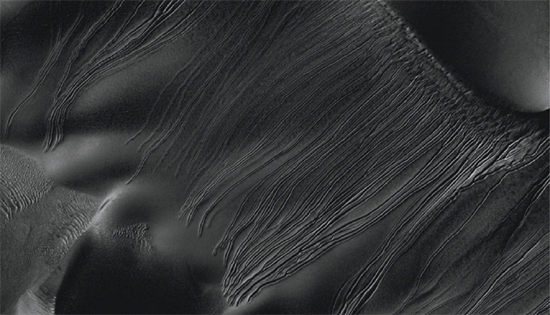The Hairy Universe
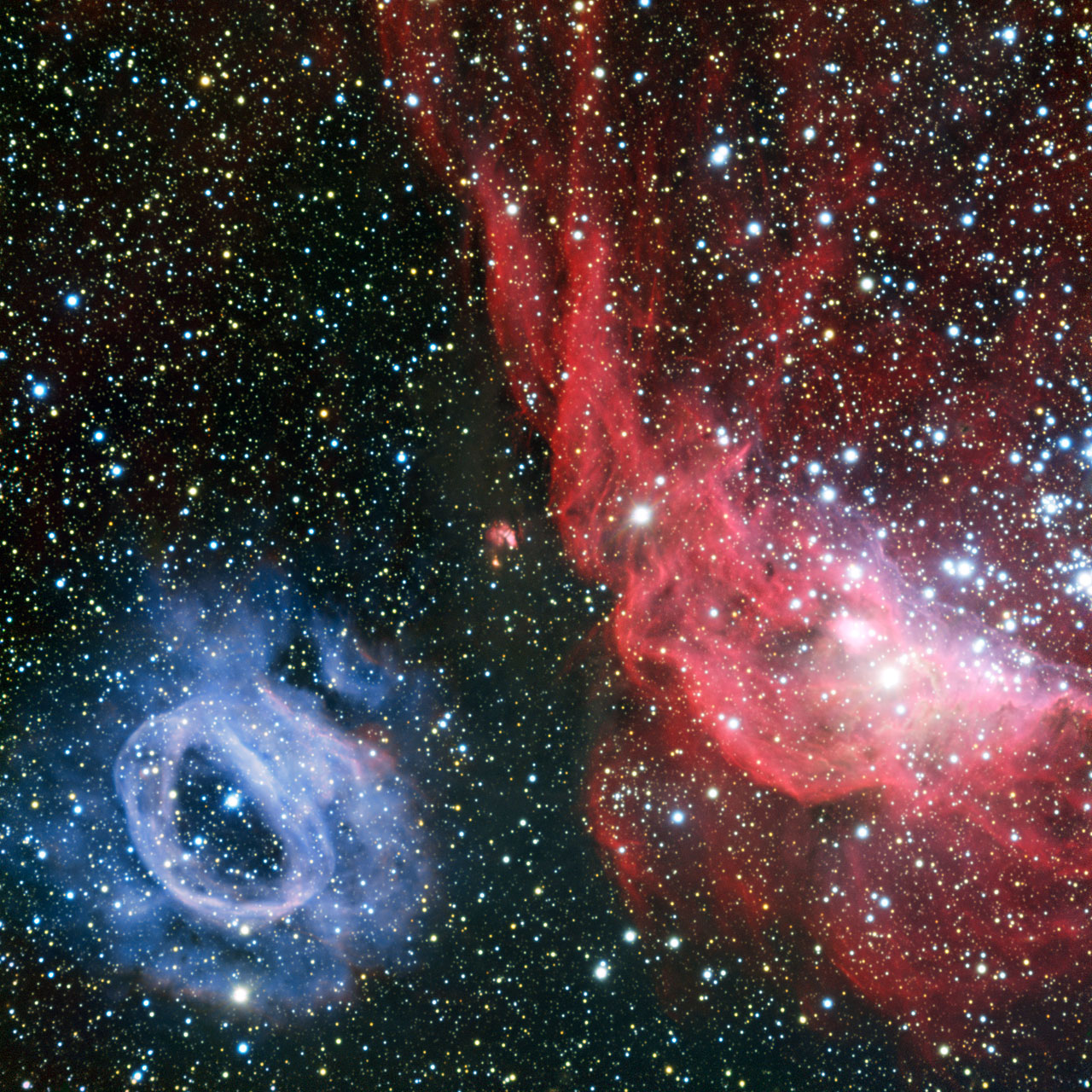
Feb 25, 2014 Popular accounts of nebulas usually omit mention of their “hairy” structure. Because gravity can’t produce long, evenly spaced filaments of matter, astronomers don’t talk about them. Perhaps they don’t even see them. This double nebula is located in the Large Magellanic Cloud, a small, irregular galaxy that’s considered to…





